 |
Sony PlayStation
| Type |
Console |
Developer |
Sony |
| Release Date |
1994-Dec-03 |
Region(s) |
Japan, North America, Europe, Australasia |
| Initial Price |
$299 USD |
Games Released |
2,423 |
|
 |
 DW FACTS DW FACTS
by Dark Watcher |
Japanese electronics company Sony’s involvement in the video game industry began as a manufacturer of a custom sound chip used in
Nintendo's SNES console.
Rival companies NEC and Sega had already taken the leap to CD based gaming, and Nintendo had no intentions of being left behind. They
immediately partnered up with Sony to develop their CD based system.
Sony went on to develop two units. One was a 16-bit add-on for
the Super Famicom / SNES that sat underneath the system and allowed CD based gaming (SNES CD) and another as a stand-alone unit. Initially the agreement allowed Sony the ability to license CD based games for the system. Nintendo
later recanted this aspect of the agreement due to not wanting to relinquish
control over software licensing. They dropped Sony from the project and approached Phillips to develop the add-on.
Ken Kutaragi, the
Sony researcher who had worked on the SNES PlayStation prototype and the sound chip for the SNES (Sony SPC700), received the blessings
of then Sony President Norio Ogha to continue development of the stand-alone console without Nintendo. |
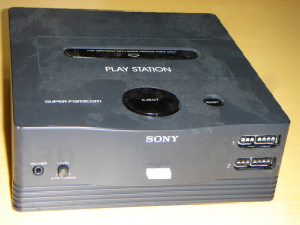
Early Sony PlayStation prototype |
The original PlayStation
concept would be able to play SNES games, as well as educational CD software. Nintendo would try to re-negotiate with Sony in fear
that they would drop support for the SNES sound chip, but the joint effort between the companies never saw the light of day. Ken Kutaragi went back to develop the PlayStation from scratch making it a 32-bit console that was simple yet powerful, easy to program
for, and cheap. The new Sony Computer Entertainment division (SCE, SCEA, SCEE) began to use their company connections and financial
influence to persuade 400 game developers to design games for their new platform.
The PlayStation was released shortly after the Sega Saturn on December 3, 1994. The console was an immediate success selling over
100,000 units during the first weekend of retail availability. Developers found the PlayStation easier to program for than its
32-bit rival Saturn. Sony then
took its console abroad.
Driven by a strong advertising campaign and more affordable than the Sega Saturn ($100 more), the Sony PlayStation was an immediate success
shortly in North America (September 9, 1995) and Europe (September 29, 1995). The PlayStation would eventually claim the
top spot in video game console sales, maintaining this position even after the eventual release
of Nintendo’s 64-bit console. |
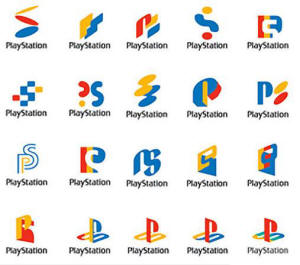
Various proposed logos for the Sony PlayStation |
The Sony PlayStation is still one of the most successful consoles of all time, boasting a library of over 2,400 titles.
Sony entered the video game market with a formula for success, which paid off in spades.
FACT: In mid 1997, Ken Kutaragi brought back an idea that had not been seen in almost 20 years. A special version of the PlayStation
called Net Yaroze (Yaroze meaning “Let’s do it together”) was released in limited quantities for around $750 USD. This unit was a
simplified development kit that would allow users to make their own PlayStation games using the C program language. Such an idea was last
introduced back in 1979 with the Bally Professional Arcade (Bally BASIC), the Magnavox Odyssey 2 (Computer Intro) and the Atari 2600
(BASIC Programming). The console contained both S-video and A/V ports and cables and software to connect to any Windows / Mac PC. The
unique thing about the Yaroze is that it did not contain region lockouts so pretty much any game from any country could be played. However it did come with a special memory card that was required to start the console. The memory card contained protections that
prevented copied games from running. Sony even established a website to assist programmers in development. |
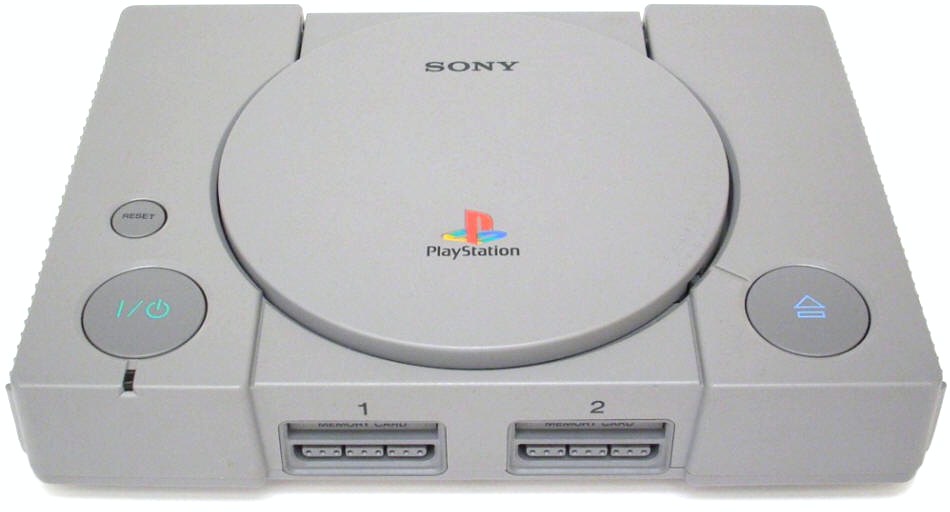
|
 MODELS MODELS
Officially licensed releases |
The Sony PlayStation went through many changes during its ten year lifespan. Internal components were modified to improve
performance in addition to lowering overall manufacturing costs of the system. The following summarizes each of the base models
along with the significant changes to the hardware.
SCPH-100x
RCA and AV Mutli Out jacks; Parallel & Serial I/O ports
RFU power connector; Ashahi Kasei Microsystems DAC
SCPH-500xRCA jack and
RFU power connector removed
CD-ROM drive relocated to reduce heat and resulting read errors
SCPH-700x \ SCPH-750x
Internal RAM (4 to 1)and CD controller (3 to 1) chips consolidated
Sound Scope now included in system BIOS
SCPH-900x
Parallel I/O port removed
SCPH-10x
Redesigned casing; Parallel port removed; external Power Supply
Sony would also release two debugging stations, which were basically region-free PlayStation consoles designed for game developers to
test their software using standard CD-Rs. In addition, the Net Yaroze was released which included a full SDK and special console
to allow the home programmer the ability to write their own PlayStation games and applications. |
SCPH-100x

SCPH-500x \ SCPH-700x

SCPH-900x

SCPH-10x
 |
|
The following pictures are the base packaging for many of the variants of the Sony PlayStation. |
|
Sony PlayStation SCPH-100x
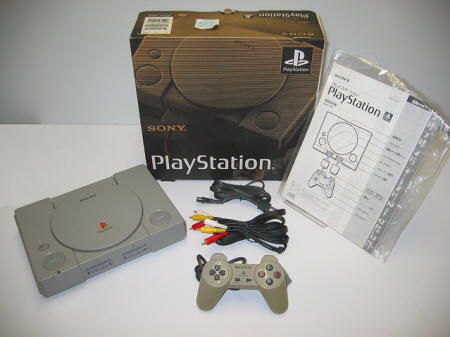 |
Sony PlayStation SCPH-300x
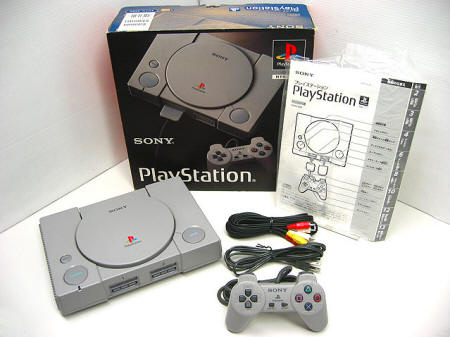 |
Sony PlayStation SCPH-350x
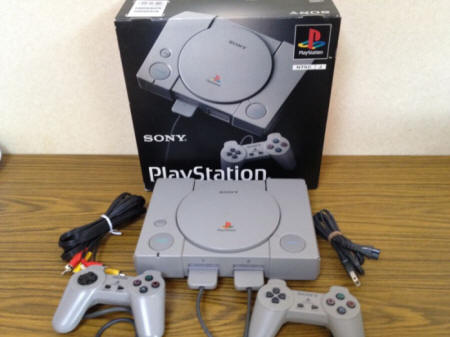 |
Sony PlayStation SCPH-500x
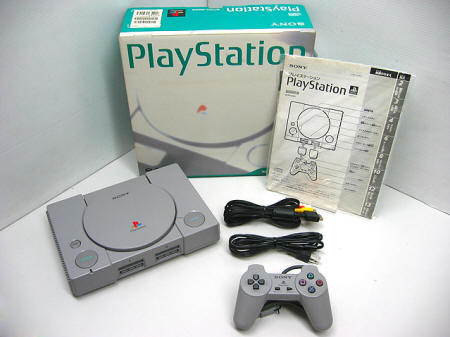 |
Sony PlayStation SCPH-550x
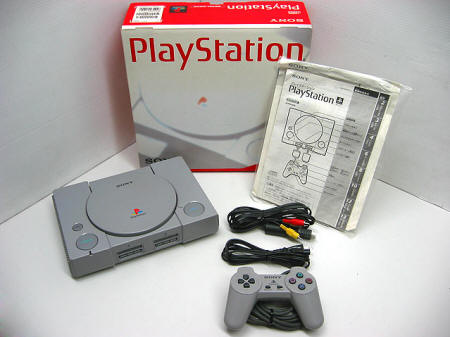 |
Sony PlayStation SCPH-700x
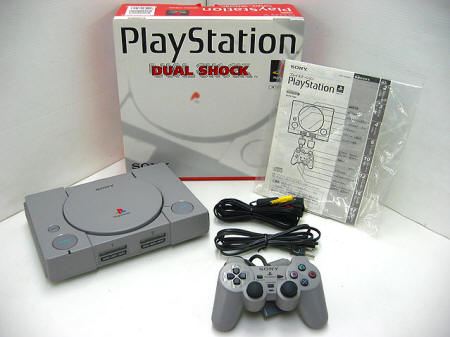 |
Sony PlayStation SCPH-750x
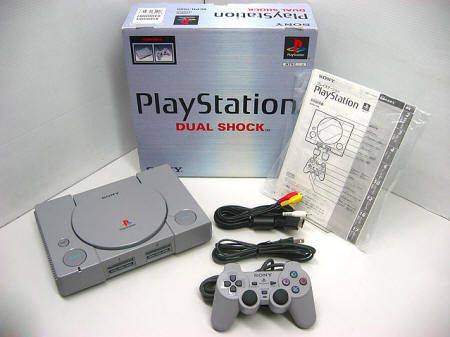 |
Sony PlayStation SCPH-900x
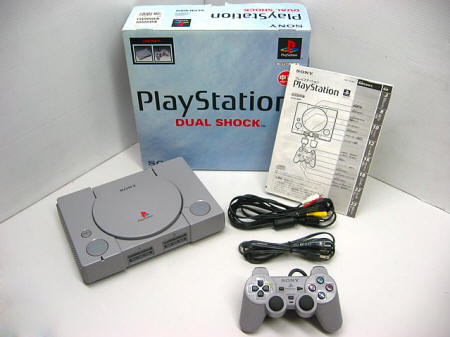 |
Sony PSone SCPH-10x
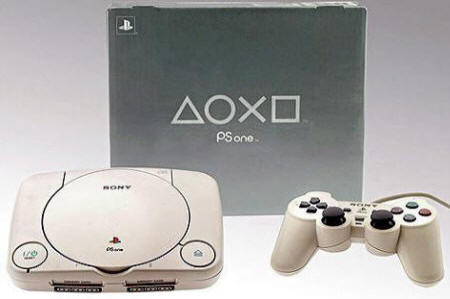 |
Sony PSone SCPH-10x
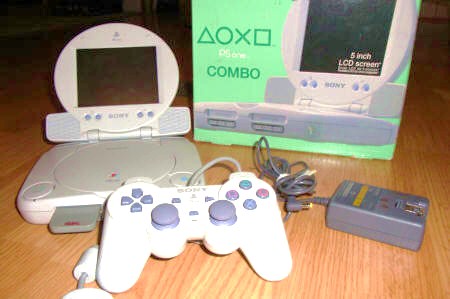 |
Sony PlayStation Debugging Station DTL-H110x
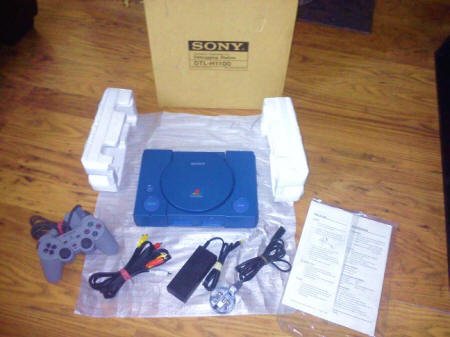 |
Sony PlayStation Debugging Station DTL-H120x
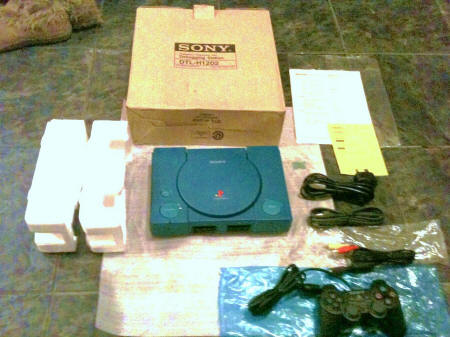 |
Sony PlayStation Development Station DTL-H2010
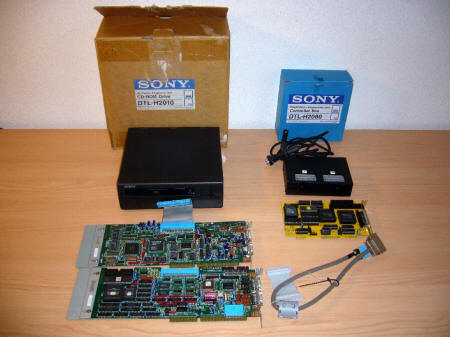 |
Sony Net Yaroze DTL-H300x
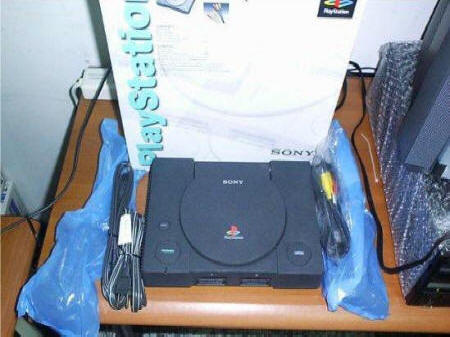
|
|
|
 CLONES CLONES
Non-licensed hardware releases |
No clones were released for this system.
|
 FORMAT, PACKAGING & GENERAL INFO FORMAT, PACKAGING & GENERAL INFO
Interesting facts on software for this system |
|
Software for the Sony PlayStation was distributed in the CD-ROM format. Titles were initially released in tall, clamshell
style packaging which would soon be changed to the more traditional CD jewel case. |
applemctom's Games that
Defined Compiliation |
|
Sony PlayStation Launch Titles (North America)
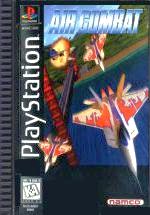 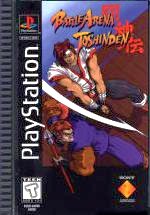 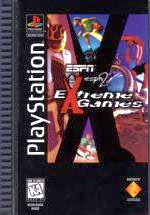 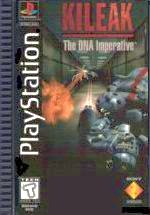 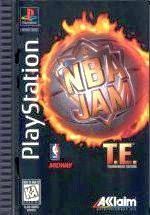
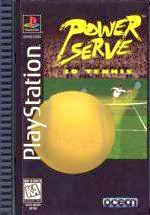 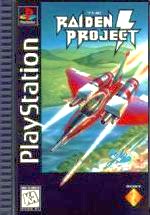 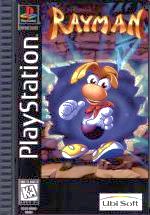 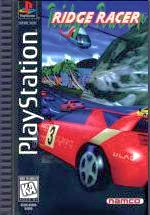 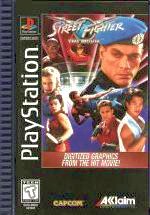 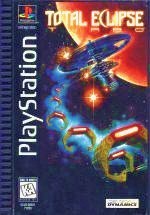
|
|
|
 SCREENSHOTS SCREENSHOTS
Captured in-game images |
Ace Combat 2
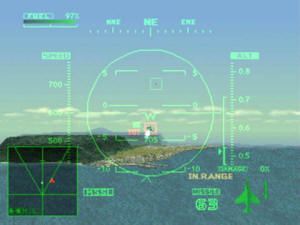 |
Armored Core
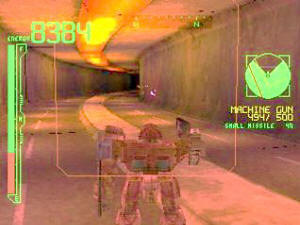 |
Castlevania: Symphony of the Night
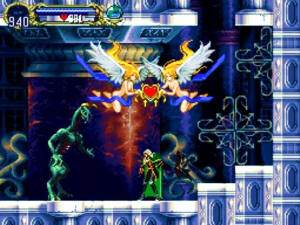 |
Chrono Cross
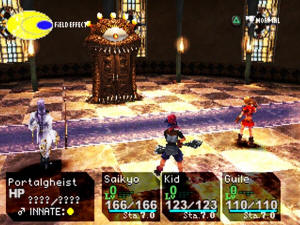 |
Cool Boarders 3
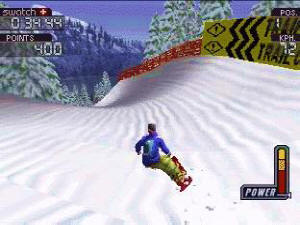 |
Crash Bandicoot 3: Warped
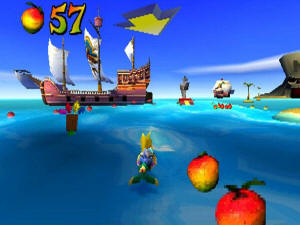 |
Darkstalkers 3
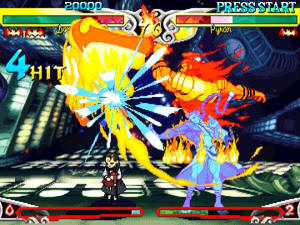 |
Diablo
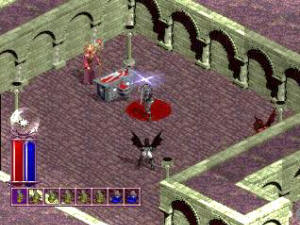 |
Fear Effect 2
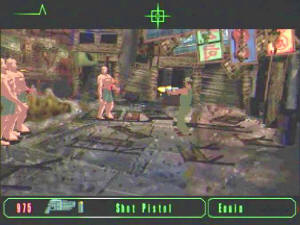 |
FIFA 2005
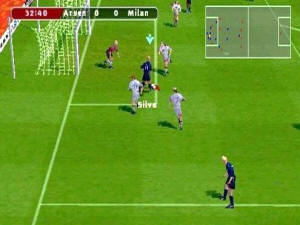 |
Final Fantasy IX
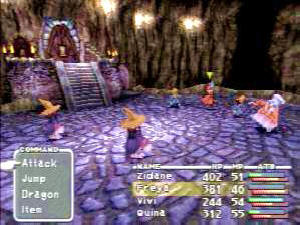 |
Gran Turismo
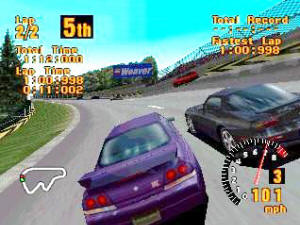 |
Hot Shots Golf 2
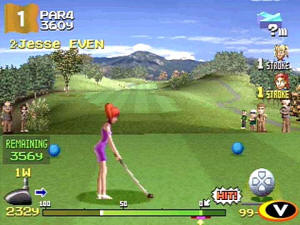 |
International Track & Field 2
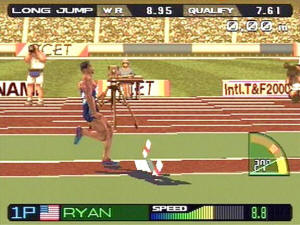 |
Knockout Kings 2000
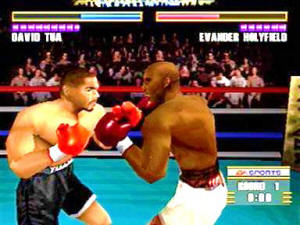 |
Legend of Mana
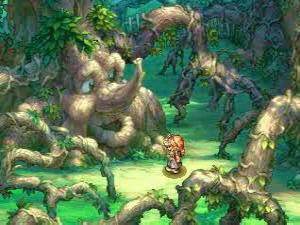 |
Madden NFL 2005
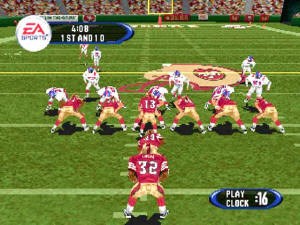 |
Marvel Super Heroes
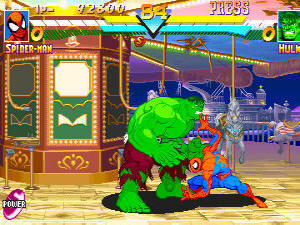 |
Metal Gear Solid
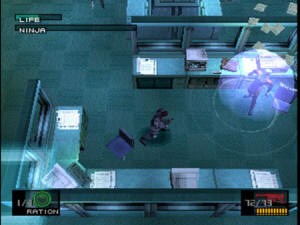 |
Metal Slug X
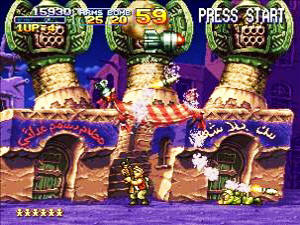 |
Mobile Light Force
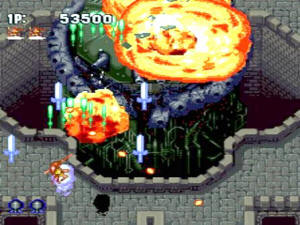 |
NBA Live 2003
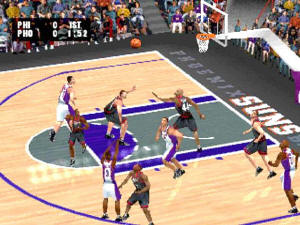 |
Need for Speed: Porsche Unleashed
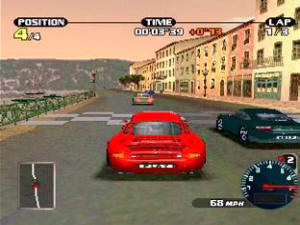 |
NHL 2001
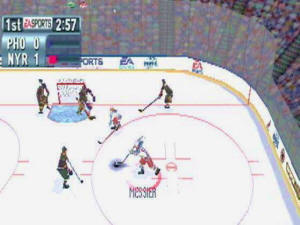 |
Oddworld: Abe's Oddysee
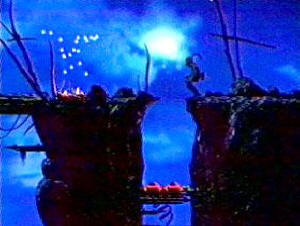 |
Raiden DX
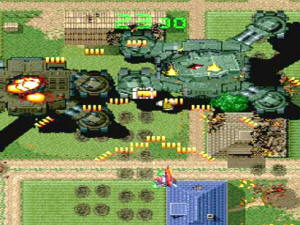 |
Resident Evil 2
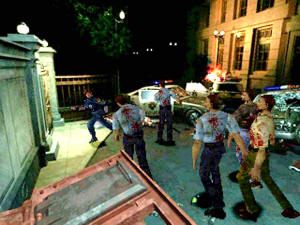 |
Ridge Racer
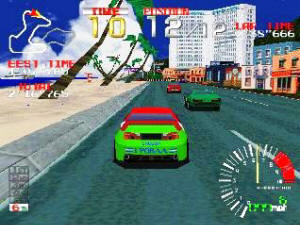 |
Road Rash
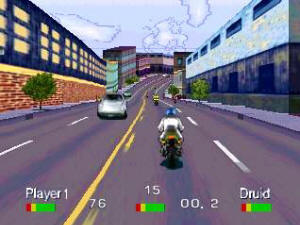 |
Street Fighter Alpha
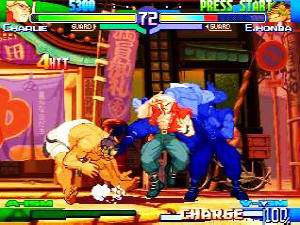 |
Strider 2
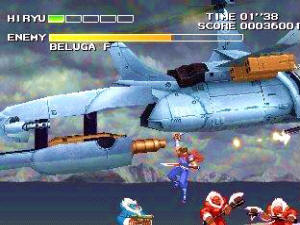 |
Suikoden II
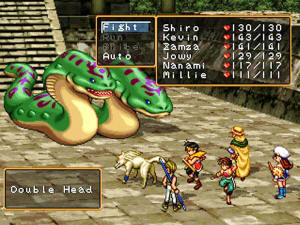 |
Tekken
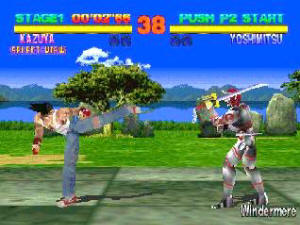 |
Tiger Woods PGA Tour 2000
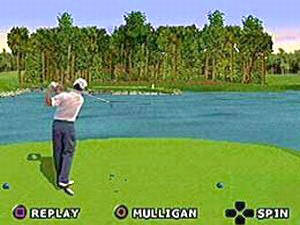 |
Tomb Raider
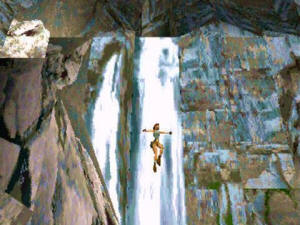 |
Tomba 2: The Evil Swine Return
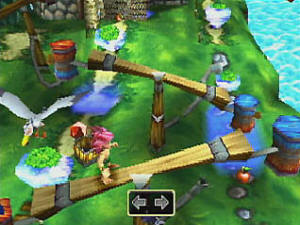 |
Tony Hawk's Pro Skater 4
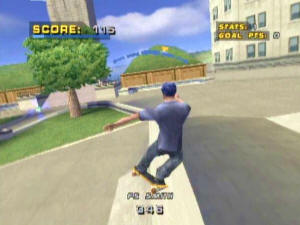 |
Treasures of the Deep
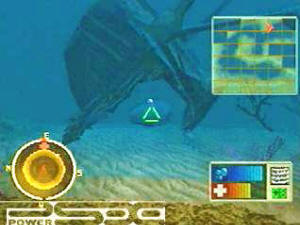 |
Triple Play Baseball
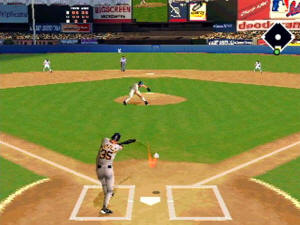 |
Twisted Metal
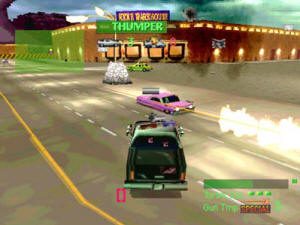 |
Vandal Hearts
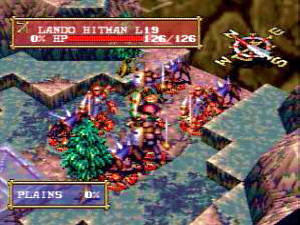 |
World Pro Tennis 98
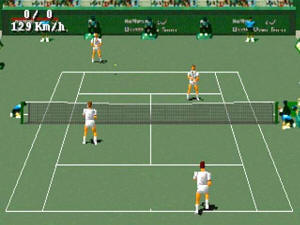
|
|
|
 EMULATION EMULATION
First and third party system emulators |
ePSXe
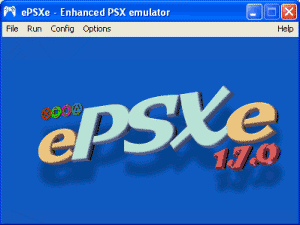 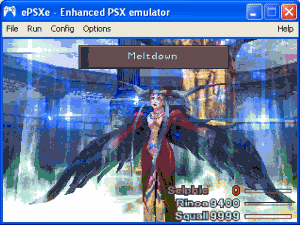
This is an amazing emulator for Windows. Ensure to download the PlayStation BIOS and front-end GUI.
|
 SPECS & MANUALS SPECS & MANUALS
For the hardware enthusiasts out there - all the detail you\we love. |
| Processor Type |
Processor
Speed |
Other
Processor Information |
RAM \ Video RAM |
| MIPS R3000A (32-bit) |
33.8688 MHz |
3D Geometry Engine, Data
Decompression Engine |
2 MB \ 1 MB |
|
Screen Resolution
|
Color Palette
|
Polygons \ Sprites
|
Audio |
| 256 x 224 up to 640 x 480 |
16.7 M colors |
360K \ sec \ 4K |
24 channel ADPCM, 44.1
kHz sampling, 512 KB dedicated RAM |
|
Media Format
|
Media Capacity
|
Games Released
|
Other Supported Formats
|
|
CD-ROM (2x) |
700 MB |
2,423 |
Audio CD |
|
Internal Storage
|
External \ Removable Storage
|
Game Controllers
|
Other Game \ Peripheral Devices
|
|
512 KB ROM (OS) |
Memory Card (1 MB) |
D-Pad, Shoulder buttons
(4), Action buttons (4), Start\Select buttons |
Mouse, Keyboard, |
| Controller Ports |
Network Ports |
Other Ports
|
Audio \ Video
|
|
Two (2) |
Optional |
Serial I\O port, Parallel
I\O port, Memory Card slot (2) |
RF (optional), Composite, S-Video (optional) |
|
Power Supply - Internal
|
Other Outputs
|
Other Details \ Notes
|
AC 100 V, 50 Hz (NTSC-J)
AC 110 V, 50\60 Hz (NTSC-U\C)
AC 220 V, 60 Hz (PAL) |
None |
A number of
variations exist for the Sony Playstation. See the Models & Clones section for more details. |
| Manuals |
Sony PlayStation 5501 Owners Manual (PDF) - 1.23 MB
Sony PlayStation 7001 Owners Manual (PDF) - 1.47 MB
Sony PlayStation 7501 Owners Manual (PDF) - 1.48 MB
Sony PlayStation 9001 Owners Manual (PDF) - 1.57 MB
Sony PSone Owners Manual (PDF) - 1.32 MB
Sony PSone with LCD Owners Manual (PDF) - 1.06
MB |
|
 OTHER
MEDIA OTHER
MEDIA
Peripherals, Promotions, Commercials, Brochures, Etc. |
|
Sony PlayStation Television Commercials |
|
|
|
|
|
|
|
|
 WEB RESOURCES WEB RESOURCES
Highly recommended websites for this system |
Hardcore Gaming 101
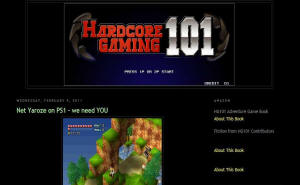
Great article on the Net Yaroze and Homebrews
|
HowStuffWorks
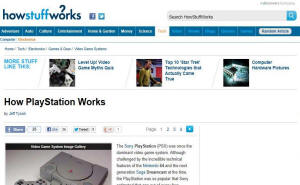
Nice summary of the PS1 inner-workings |
iFixit
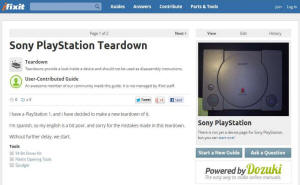
Disassembly of the Sony PlayStation |
|









 2010s - NOTES
2010s - NOTES


 MODELS
MODELS

















 CLONES
CLONES FORMAT, PACKAGING & GENERAL INFO
FORMAT, PACKAGING & GENERAL INFO










 SCREENSHOTS
SCREENSHOTS









































 EMULATION
EMULATION

 SPECS & MANUALS
SPECS & MANUALS OTHER
MEDIA
OTHER
MEDIA WEB RESOURCES
WEB RESOURCES


 DISCUSS
DISCUSS